
Mario Bava was an Italian filmmaker who worked variously as a director, cinematographer, special effects artist and screenwriter. His low-budget genre films, known for their distinctive visual flair and stylish technical ingenuity, feature recurring themes and imagery concerning the conflict between illusion and reality, as well as the destructive capacity of human nature. Widely regarded as a pioneer of Italian genre cinema and one of the most influential auteurs of the horror film genre, he is popularly referred to as the "Master of Italian Horror" and the "Master of the Macabre".

In Italian cinema, giallo is a genre of murder mystery fiction that often contains slasher, thriller, psychological horror, sexploitation, and, less frequently, supernatural horror elements.

Lamberto Bava is an Italian film director. Born in Rome, Bava began working as an assistant director for his director father Mario Bava. Lamberto co-directed the 1979 television film La Venere d'Ille with his father and in 1980 directed his first solo feature film Macabre.

Blood and Black Lace is a 1964 giallo film directed by Mario Bava and starring Eva Bartok and Cameron Mitchell. The story concerns the brutal murders of a Roman fashion house's models, committed by a masked killer in a desperate attempt to obtain a scandal-revealing diary.

Demons is a 1985 Italian supernatural horror film directed by Lamberto Bava, produced by Dario Argento, and starring Urbano Barberini and Natasha Hovey. The plot follows two female university students who, along with a number of random people, are given complimentary tickets to a mysterious movie screening, where they soon find themselves trapped in the theater with a horde of ravenous demons.
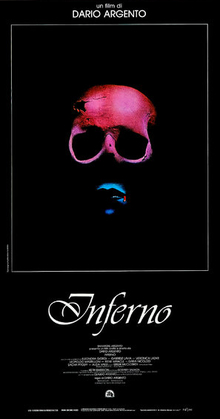
Inferno is a 1980 Italian supernatural horror film written and directed by Dario Argento, and starring Irene Miracle, Leigh McCloskey, Eleonora Giorgi, Daria Nicolodi and Alida Valli. The plot follows a young man's investigation into the disappearance of his sister, who had been living in a New York City apartment building that also served as a home for a powerful, centuries-old witch. The cinematography was by Romano Albani, and Keith Emerson composed the film's musical score.

I Vampiri is a 1957 Italian horror film directed by Riccardo Freda and completed by the film's cinematographer, Mario Bava. It stars Gianna Maria Canale, Carlo D'Angelo and Dario Michaelis. The film is about a series of murders on young women who are found with their blood drained. The newspapers report on a killer known as the Vampire, which prompts young journalist Pierre Lantin to research the crimes. Lantin investigates the mysterious Du Grand family who lives in a castle occupied by Gisele Du Grand who is in love with Lantin. She lives with her aunt, who hides her face in a veil, as well as the scientist Julian Du Grand, who is trying to find the secret to eternal youth.
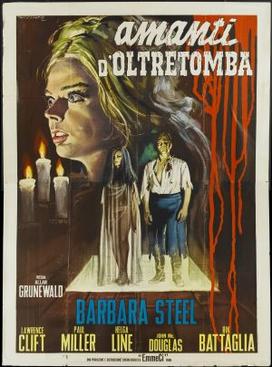
Nightmare Castle is a 1965 Italian horror film directed by Mario Caiano. The film stars Paul Muller, Helga Liné and Barbara Steele in a dual role.
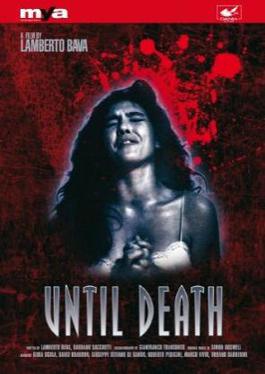
Until Death is a 1988 Italian made-for-TV horror film directed by Lamberto Bava.
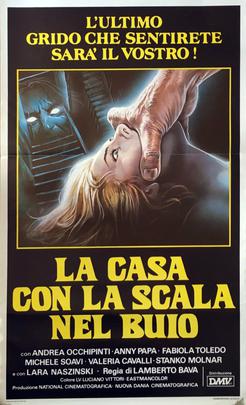
A Blade in the Dark is a 1983 Italian giallo film directed by Lamberto Bava. Originally planned for television, the film was made as a nearly two hour piece split into four parts each of which would end with a murder scene. After the film was found to be too gruesome for Italian television censors, it was re-edited into a feature film.

Manhattan Baby is a 1982 Italian horror film directed by Lucio Fulci, and starring Christopher Connelly and Carlo De Mejo. The film begins in Egypt, where Susie, the daughter of archaeologist George Hacker, is given a mysterious talisman by an old woman. Meanwhile, her father investigates a tomb, and is blinded by a blue light. George and Susie return to New York, where George gradually recovers his vision. Strange deaths begin to occur around the Hackers, seemingly caused by the amulet.

Lisa and the Devil is a 1974 horror film directed by Mario Bava. The film was first released in Spain as El diablo se lleva a los muertos and stars Elke Sommer as a young tourist who loses her way in Toledo and spends the night at a villa belonging to a family of mysterious Spanish aristocrats.
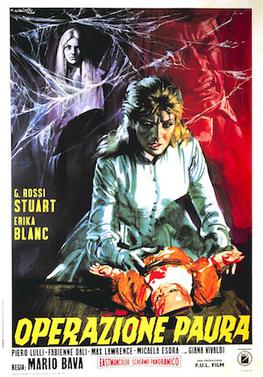
Kill, Baby, Kill is a 1966 Italian gothic horror film directed by Mario Bava and starring Giacomo Rossi Stuart and Erika Blanc. Written by Bava, Romano Migliorini, and Roberto Natale, the film focuses on a small Carpathian village in the early 1900s that is being terrorized by the ghost of a murderous young girl.

Delirium is a 1987 Italian giallo film directed by Lamberto Bava and starring Serena Grandi, David Brandon, George Eastman and Daria Nicolodi. The film is about Gioia, a centerfold model for the adult Pussycat magazine. She is harassed by a killer who sends her photos of her co-workers with her own erotic photography in the background.
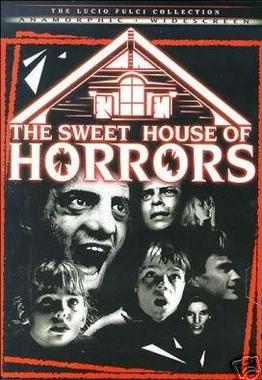
The Sweet House of Horrors is an Italian made-for-television horror film directed by Lucio Fulci. The film is about a young couple who are brutally murdered by a burglar and return as spirits to watch over their two young orphaned children, to seek revenge against their murderer, and try to prevent their house from being demolished.

The Ogre is a 1989 Italian television horror film directed by Lamberto Bava and written by Dardano Sacchetti. It was among four films made for the Italian television series Brivido Giallo. The film released outside of Italy as Demons III: The Ogre, where it was promoted as a sequel to Bava's films Demons and Demons 2.

Macabre is a 1980 Italian horror film directed by Lamberto Bava.
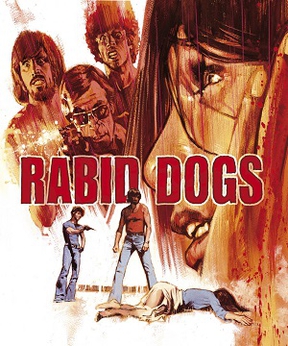
Rabid Dogs is an Italian thriller-noir film directed by Mario Bava, starring Riccardo Cucciolla, Don Backy, Lea Lander, Maurice Poli, George Eastman and Erika Dario. Taking place largely in real time, the film follows a trio of payroll robbers who kidnap a young woman and force a man with a sick child to be their getaway driver, all while trying to avoid being caught by the police.

Nicoletta Elmi is an Italian film actress. She appeared in many films in the 1970s as a child actress, but also appeared in several roles in adulthood in the 1980s.
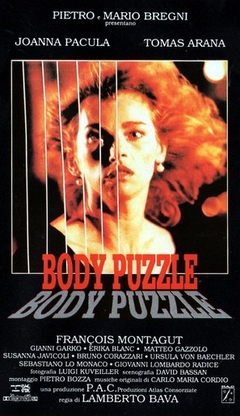
Body Puzzle is a 1992 Italian horror film directed by Lamberto Bava. The film is about a psychopath who leaves body parts outside the house of a young widow. The film was one of the last films released by P.A.C. in Italy before its bankruptcy. The film was re-released in Italy as Misteria after legal issues of using Carl Orff's Carmina Burana as music in the film came to the front.




















